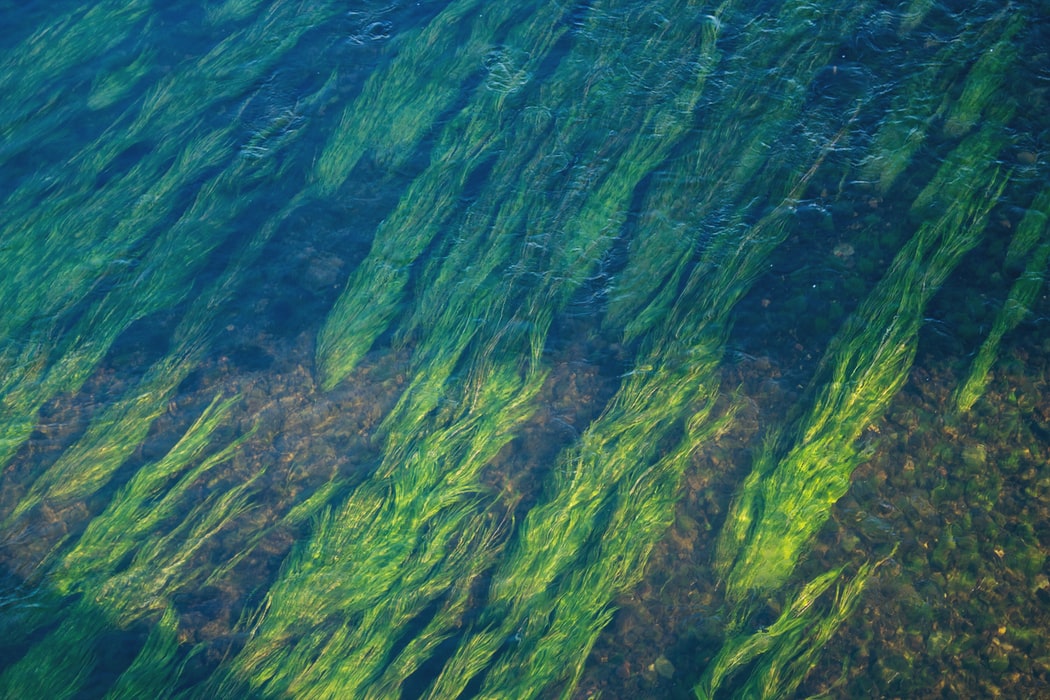In shallow saltwater near land are marine gardens that are home to seagrass. When the plant grows in large areas, the habitat it creates is called a seagrass meadow. These meadows play an extremely important role in keeping oceans healthy and providing a home for all different kinds of marine life. Seagrasses also absorb large amounts of carbon dioxide from the seawater surrounding them, which in turn can help reduce the speed of climate change.
However, a new study has found that the UK has lost up to 92% of its seagrass meadow from mainland waters. The scientists found that coastal expansion, industrial development such as metal mining creating toxic conditions and overfishing, are a few of the reasons to blame.
Sadly, the historical analysis of seagrass in the UK is only an estimate, as the scarcity of survey data means it is impossible to know exactly how much seagrass has been lost. This indicates that estimates are under-representative of the true scale of losses.
By looking at historic data, the study concluded that Cornwall’s coasts have seen a 62% decline of seagrass habitats since the 1930s. However, new research conducted last year by the Looe Marine Conservation Group (Looe MCG), the Cornwall Wildlife Trust and the University of Plymouth, found that seagrass beds in Looe Bay are nearly ten times larger than those in Plymouth, Falmouth and Torbay. This makes them one of the largest seagrass habitats in Devon and Cornwall, spanning an area equivalent to 157 football pitches.
The habitats sweep between Hannafore in the West and Millendreath in the East, providing a home to a large diverse range of ecologically important marine animals and plants. A 52km2 Marine Conservation Zone was selected in 2013, in order to make sure that seagrass beds are maintained as nurseries for commercial fish species and carbon storage, vital for tackling climate change.
Rebekah Noakes, leader of the Marine Conservation Masters course at the University of Plymouth, said: “This new information is critical for informing planning and future coastal development in the area. Seagrass beds are a vital habitat across the globe, accounting for 10% of global carbon absorption”.
Further research is currently being undertaken to establish whether the seagrass beds extend around the coast, which would make it one of the largest seagrass beds in the country and consequently, an area of great conservation importance. The Cornwall Wildlife Trust is giving their support to the project by providing funds that will enable specialist underwater camera equipment to be purchased, in order to map the seagrass beds further.
The chairperson of the Looe MCG, Amelia Bridges, said: “Using the new camera equipment, we aim to develop a scientifically robust monitoring programme of the seagrass beds in the Looe Bay. This data will shed light on the health of the seagrass beds and allow us to develop local strategies to help safeguard this habitat”.

